Understanding Clergy Stole
Clergy stole are more than just a part of religious attire; they carry deep symbolic meanings and reflect a rich history in various religious traditions. This guide explores their significance, styles, and maintenance.
Historical Significance of Clergy Stoles
Originating from ancient religious practices, clergy stoles have evolved over centuries. They serve as a symbol of ordination and are integral to liturgical ceremonies across different faiths.
Diversity in Design
Stoles vary significantly in design, reflecting denominational differences and liturgical seasons. They range from simple, unadorned pieces to elaborate designs featuring intricate embroidery and symbolic motifs.
Symbolic Colors and Patterns
Colors and patterns on stoles are not merely decorative; they hold specific liturgical meanings. For example, purple stoles are often used during Lent, while white stoles may signify celebrations like Easter.
Choosing the Right Clergy Stole
When selecting a clergy stole, consider factors such as fabric quality, length, and appropriateness for the occasion or liturgical season. Comfort and durability are also important considerations for regular use.
Proper Care and Maintenance
To preserve the sanctity and appearance of clergy stoles, proper care is essential. This includes gentle cleaning, avoiding harsh chemicals, and storing them in a way that prevents damage and wear.
- Symbolic Significance: Firstly, clergy stoles symbolize religious authority and commitment, making them integral to various religious ceremonies.
Conclusion: The Timeless Importance of Clergy Stoles
The tradition of wearing clergy stoles continues to be a significant aspect of religious ceremonies, symbolizing respect, authority, and the continuity of faith traditions.



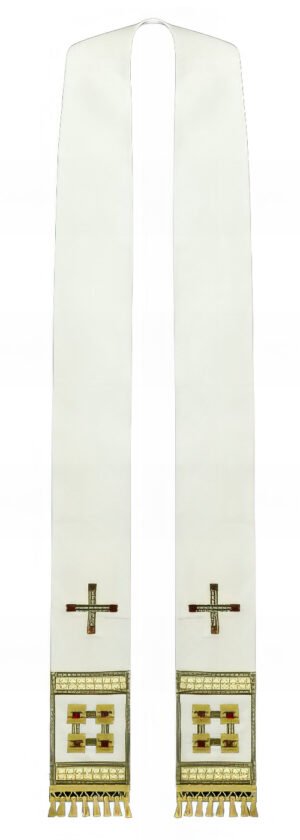
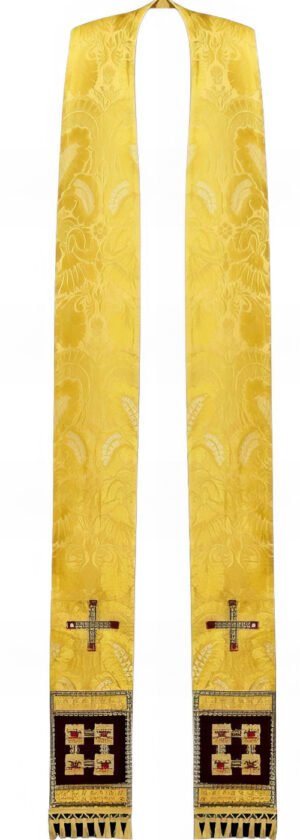
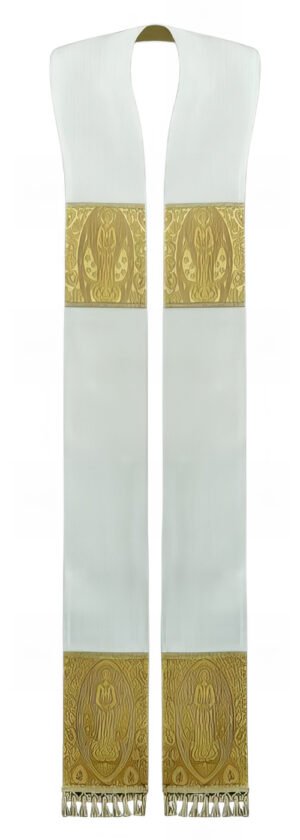
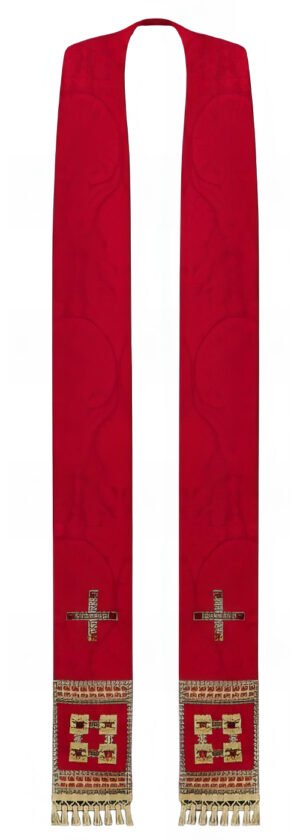
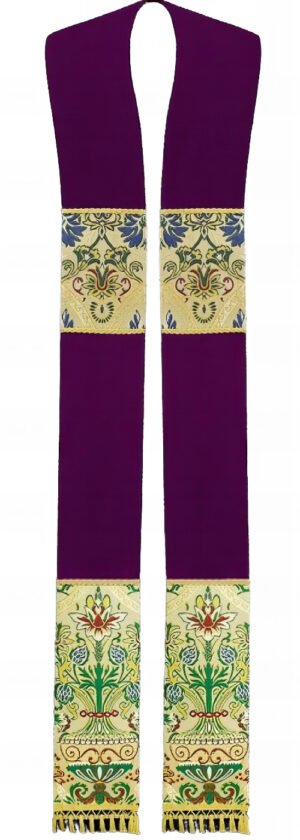
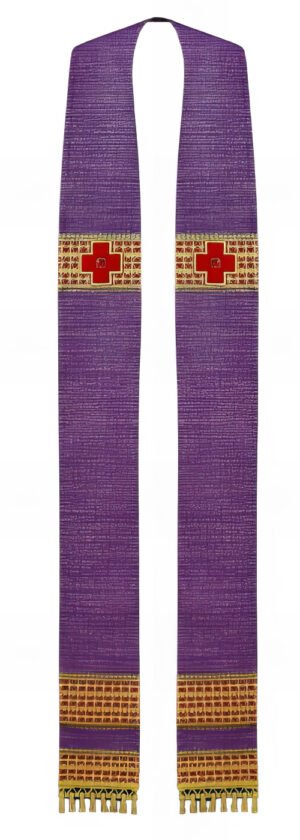
Reviews
There are no reviews yet.